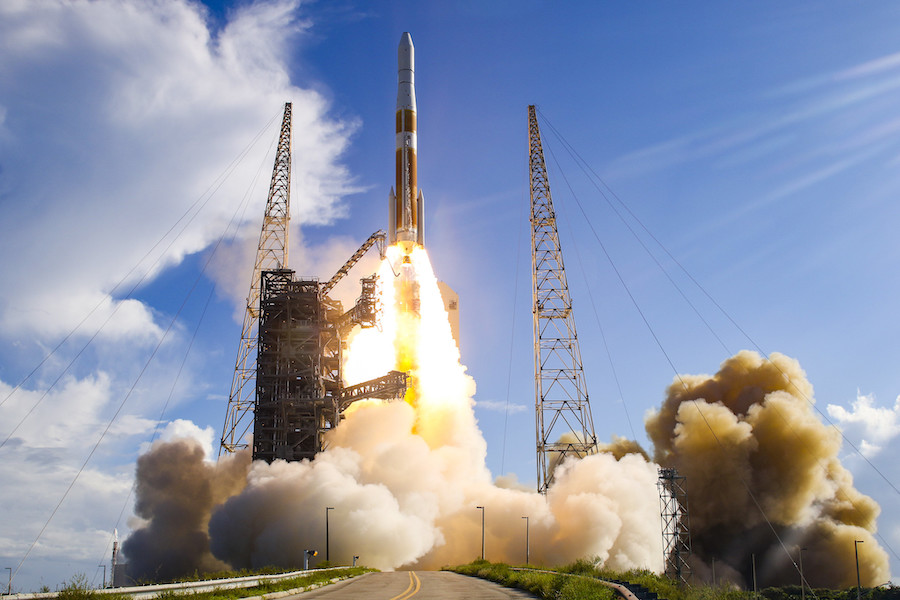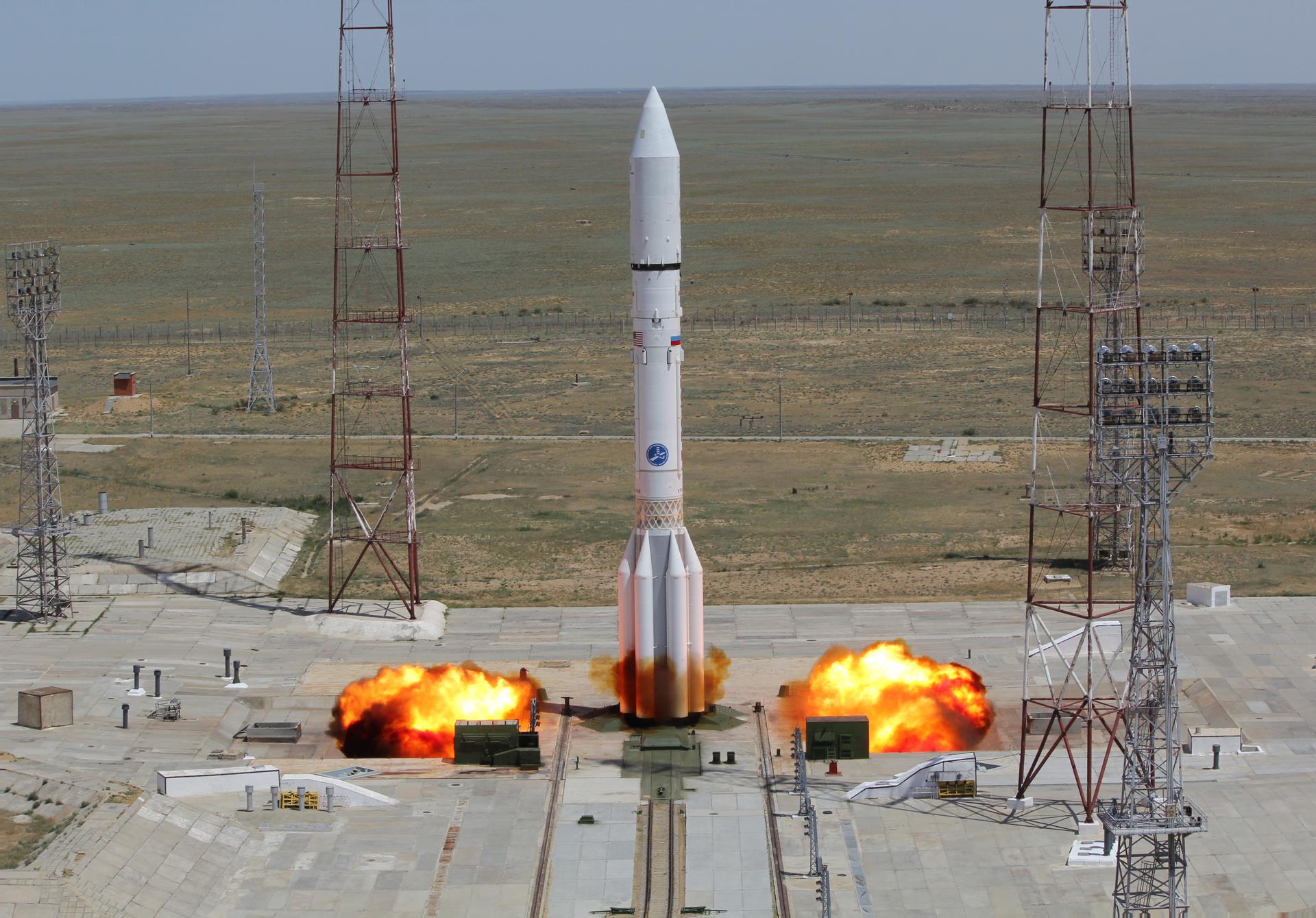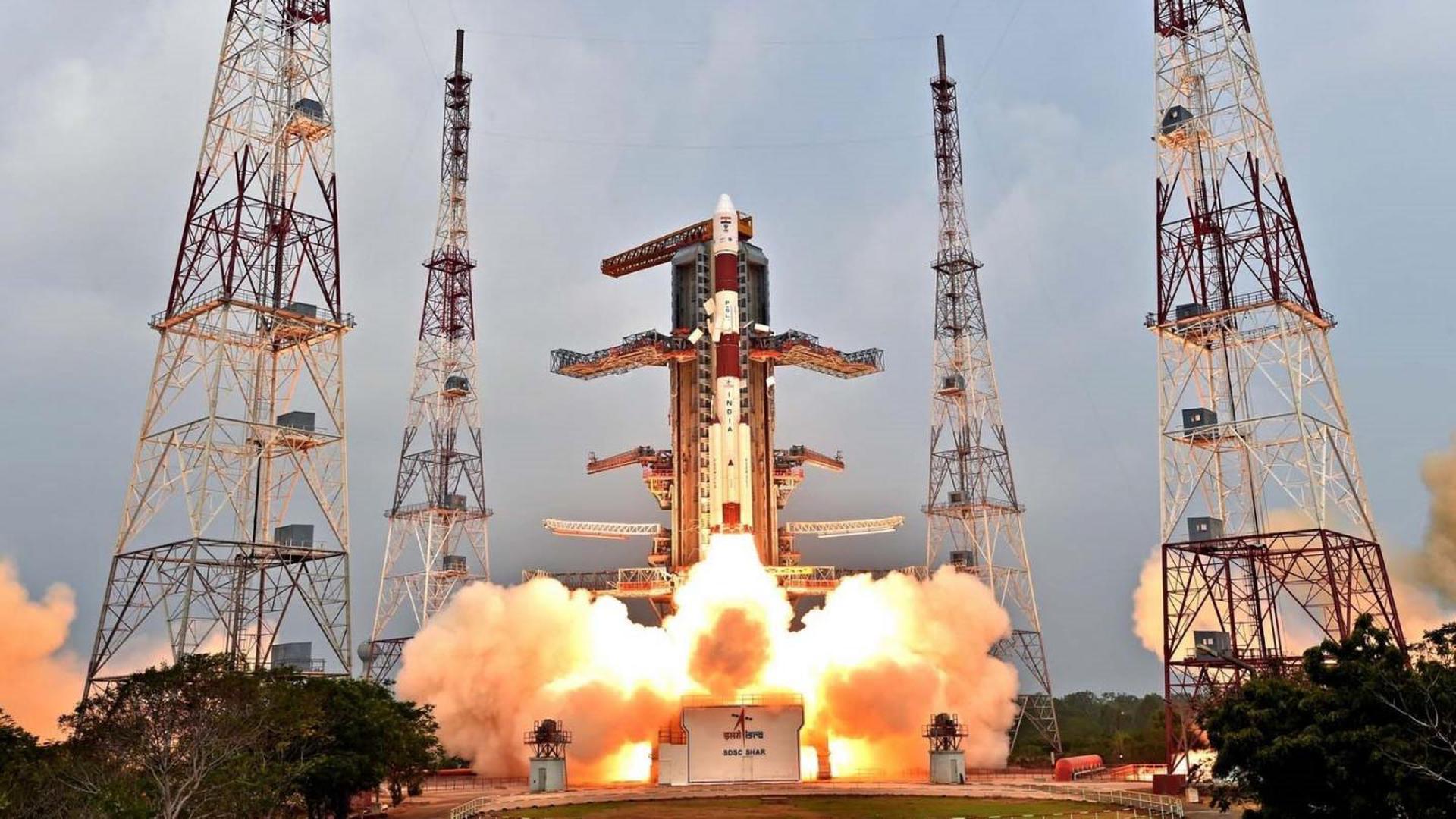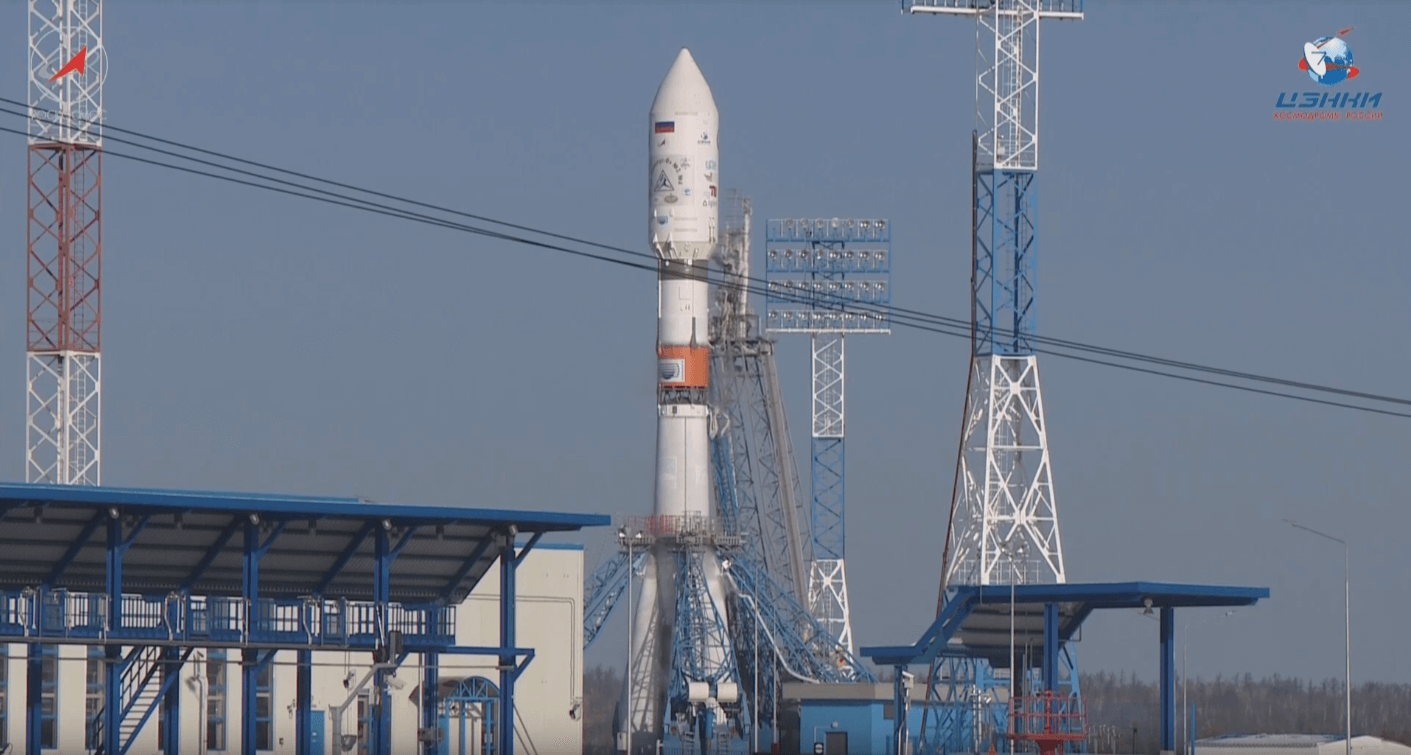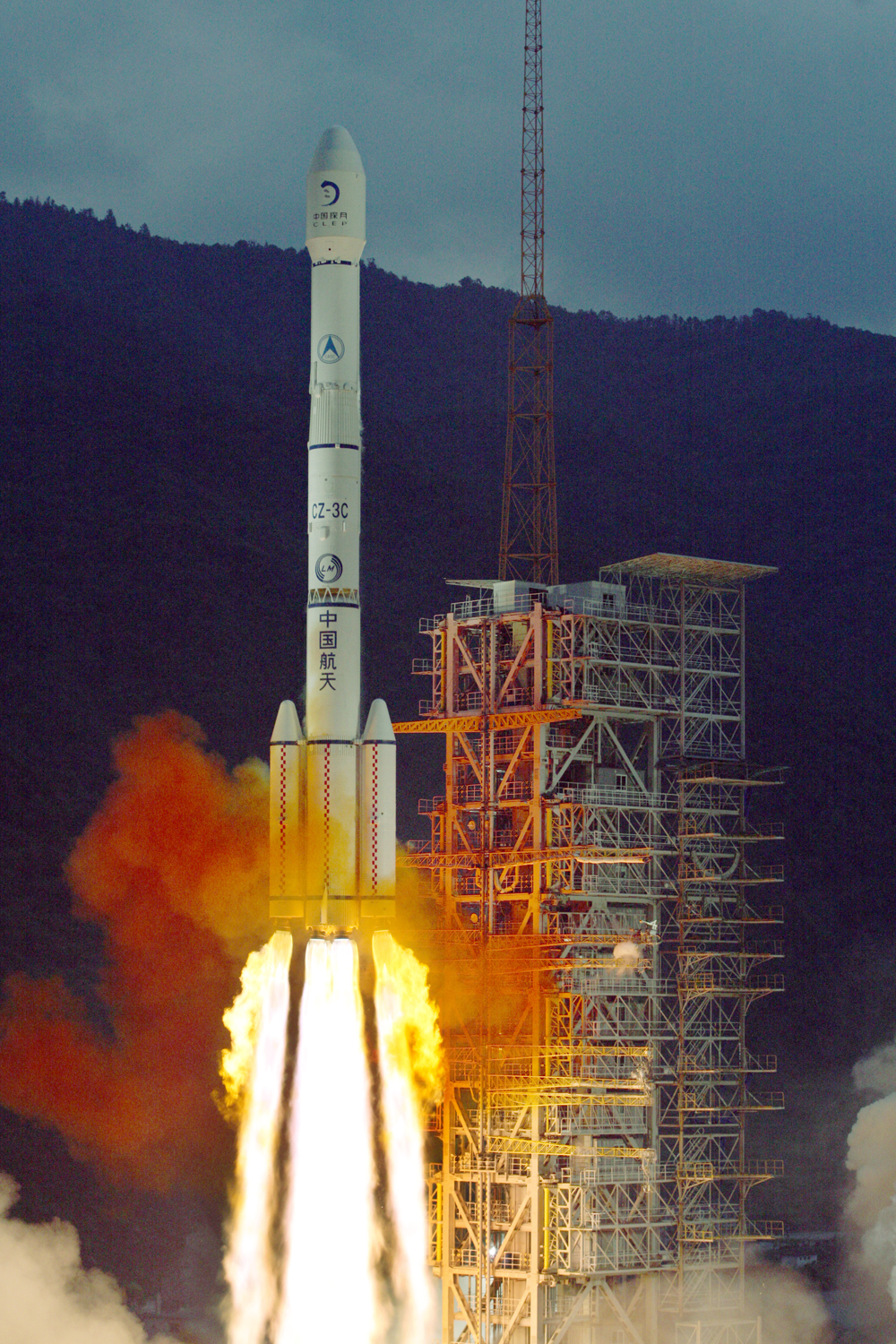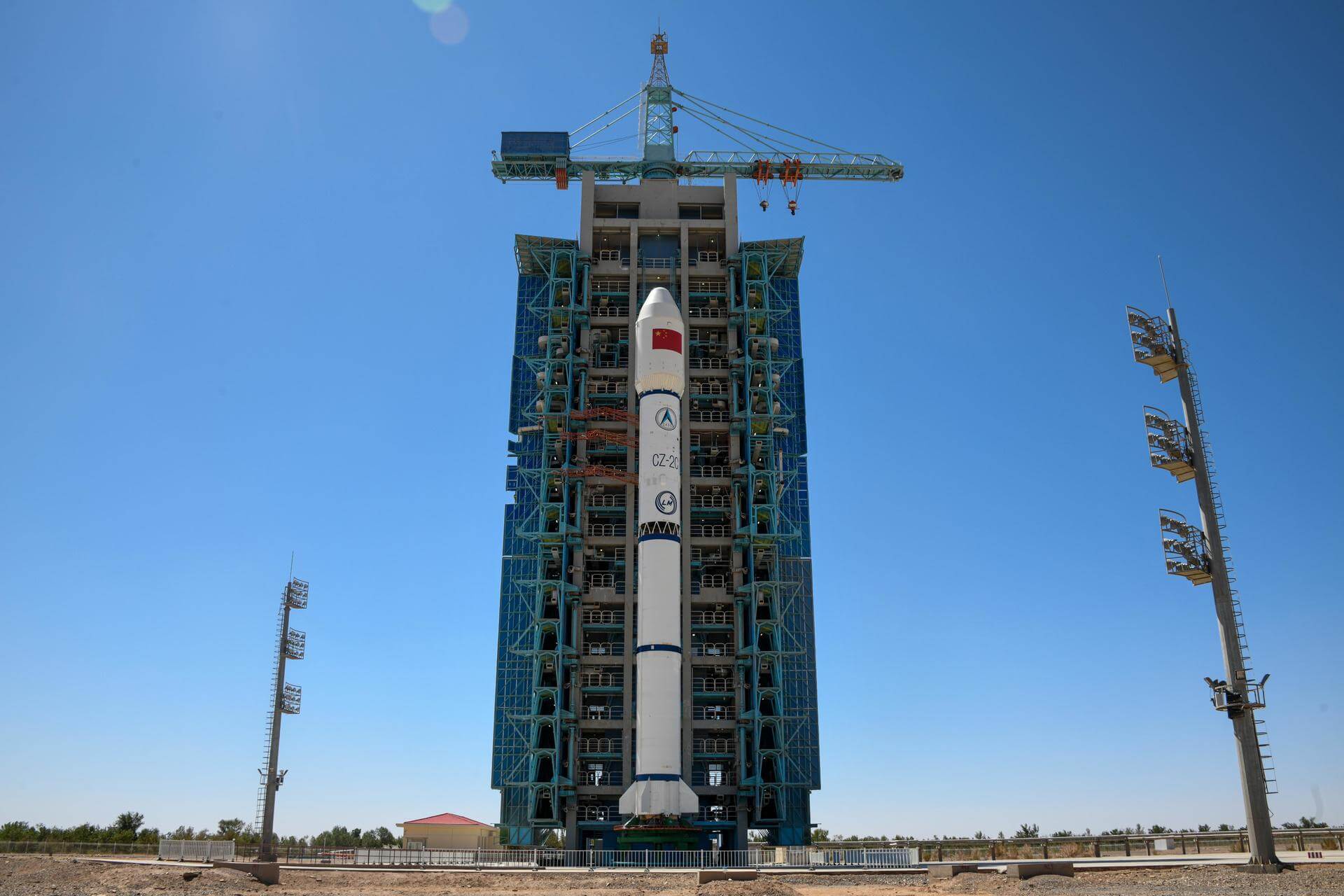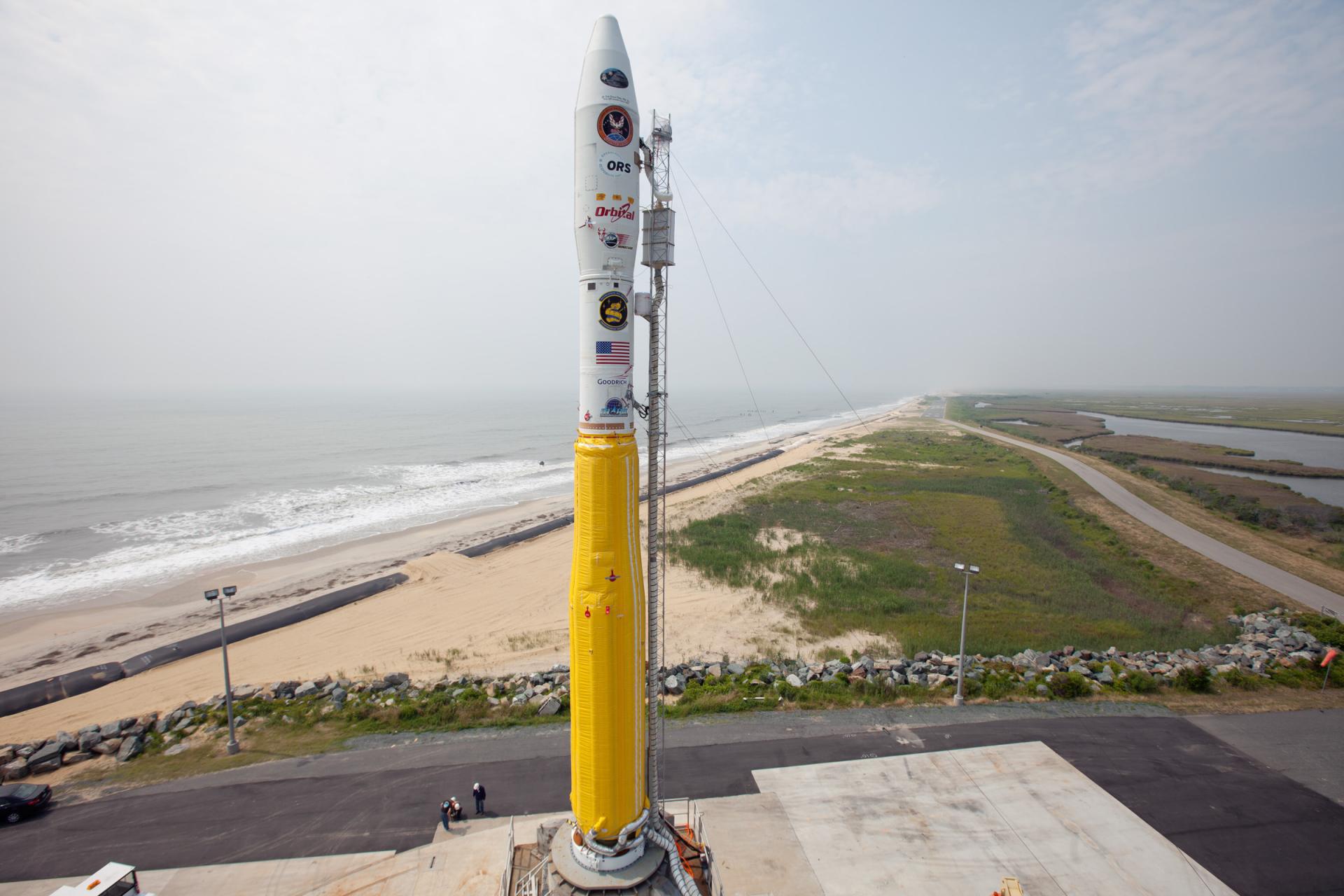Previous Spaceflight Launches
Filter by Agency, Locations or Vehicles
Show All LaunchesZenit-3F | Spektr-R (RadioAstron)
Russian Federal Space Agency (ROSCOSMOS) | RussiaBaikonur Cosmodrome, Republic of Kazakhstan
July 18, 2011, 2:31 a.m.
Status: Launch Successful
Mission:
The RadioAstron is an international space Very Long Baseline Interferometry project led by the Astro Space Center of Lebedev Physical Institute in Moscow, Russia. The aim of the mission is to use the Spektr-R space telescope to conduct interferometer observations in conjunction with the global ground radio telescope network in order to obtain images, coordinates, motions and evolution of angular structure of different radio emitting objects in the Universe with the extraordinary high angular resolution.
Elliptical OrbitDelta IV M+(4,2) | GPS IIF-2 (USA-232)
United Launch Alliance | United States of AmericaCape Canaveral SFS, FL, USA
July 16, 2011, 6:41 a.m.
Proton-M / Briz-M Enhanced | SES-3 & KazSat-2
Khrunichev State Research and Production Space Center | RussiaBaikonur Cosmodrome, Republic of Kazakhstan
July 15, 2011, 11:16 p.m.
Status: Launch Successful
Mission:
SES-3 is a geostationary communications satellite, providing broadcasting and network services to North America. It was launched alongside with the kazakh communications satellite KazSat-2, which replaced previously lost KazSat-1 and covers Kazakhstan and Central Asia.
Geostationary Transfer OrbitPSLV XL | GSAT-12
Indian Space Research Organization | IndiaSatish Dhawan Space Centre, India
July 15, 2011, 11:18 a.m.
Soyuz-2.1a/Fregat | 6 x Globalstar-2
Progress Rocket Space Center | RussiaBaikonur Cosmodrome, Republic of Kazakhstan
July 13, 2011, 2:27 a.m.
Long March 3C | Tianlian 1-02
China Aerospace Science and Technology Corporation | ChinaXichang Satellite Launch Center, People's Republic of China
July 11, 2011, 3:41 p.m.
Space Shuttle Atlantis / OV-104 | STS-135
National Aeronautics and Space Administration | United States of AmericaKennedy Space Center, FL, USA
July 8, 2011, 3:29 p.m.
Status: Launch Successful
Mission:
STS-135 delivered supplies and equipment to provision the space station through 2012, and is the final mission of the American Space Shuttle program. Payload included the Multi-Purpose Logistics Module (MPLM) Raffaello and the Lightweight Multi-Purpose Carrier (LMC)
Low Earth OrbitLong March 2C | Shijian 10-03
China Aerospace Science and Technology Corporation | ChinaJiuquan Satellite Launch Center, People's Republic of China
July 6, 2011, 4:28 a.m.
Minotaur I | ORS-1 (USA-231)
Orbital Sciences Corporation | United States of AmericaWallops Flight Facility, Virginia, USA
June 30, 2011, 3:09 a.m.
Soyuz-U | Kobalt-M No.7 (Kosmos 2472)
Russian Federal Space Agency (ROSCOSMOS) | RussiaPlesetsk Cosmodrome, Russian Federation
June 27, 2011, 4 p.m.

